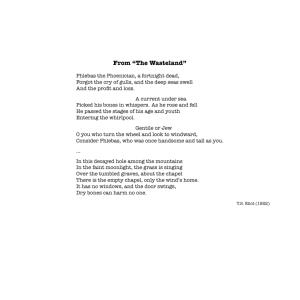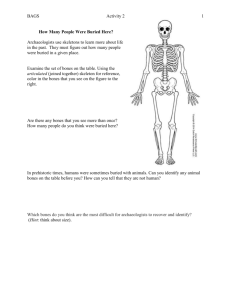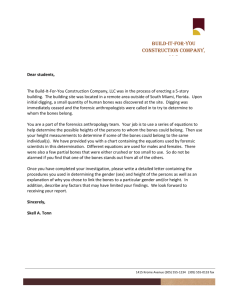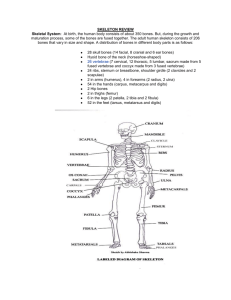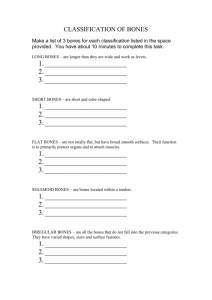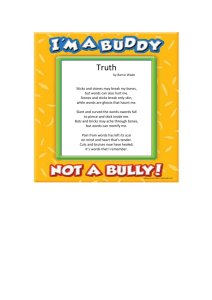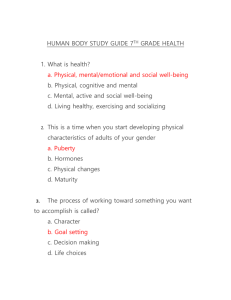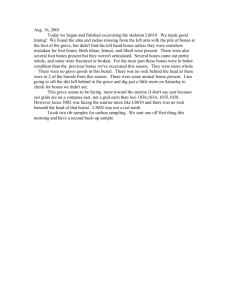5th Grade Health Study Guide
advertisement
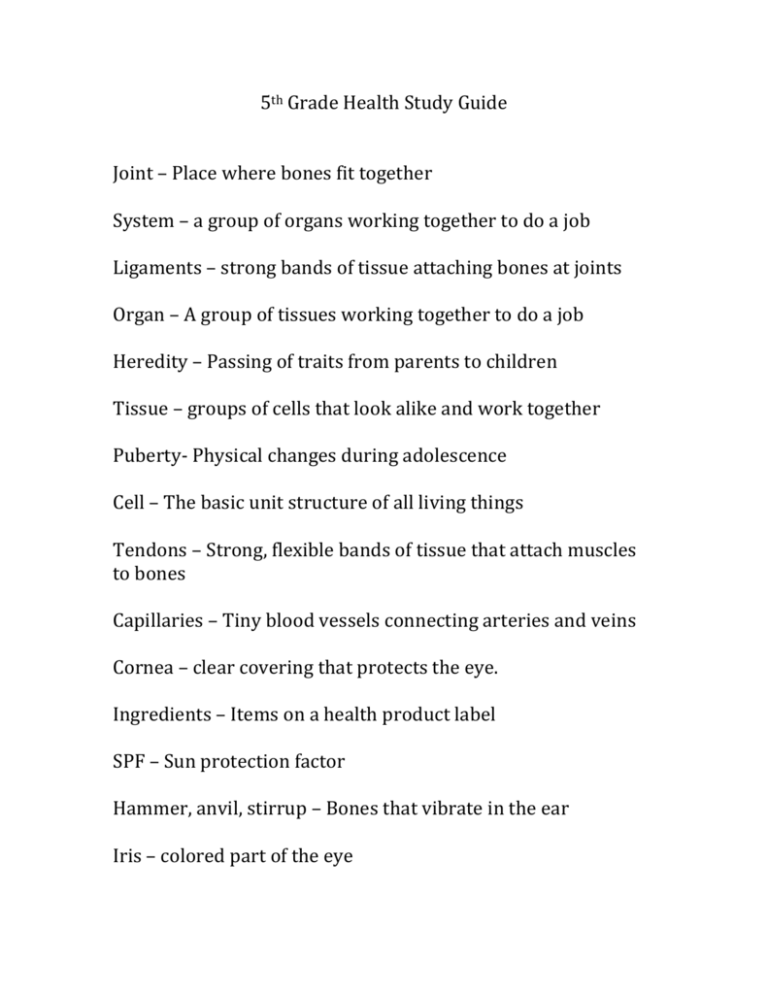
5th Grade Health Study Guide Joint – Place where bones fit together System – a group of organs working together to do a job Ligaments – strong bands of tissue attaching bones at joints Organ – A group of tissues working together to do a job Heredity – Passing of traits from parents to children Tissue – groups of cells that look alike and work together Puberty- Physical changes during adolescence Cell – The basic unit structure of all living things Tendons – Strong, flexible bands of tissue that attach muscles to bones Capillaries – Tiny blood vessels connecting arteries and veins Cornea – clear covering that protects the eye. Ingredients – Items on a health product label SPF – Sun protection factor Hammer, anvil, stirrup – Bones that vibrate in the ear Iris – colored part of the eye A reflex action involves the spinal cord but not the brain. The time before birth is called the prenatal period. The stomach, pancreas, and small intestine are parts of the digestive system. As you grow, the way your body, talents, and other traits develop depends on heredity and your environment. The acids in your stomach break down food. The sun’s invisible waves of energy are ultraviolet rays. A sunscreen’s protection is measured by its SPF. Hair grows from a pitlike area called a hair follicle. Bacteria in your mouth can make plaque, which coats your teeth. Plaque that has hardened around gums can cause gingivitis. For people with astigmatism, everything looks blurry. A label lists the ingredients, or the things in a product. The loudness of sound is measured in decibels. The process of straightening crooked teeth is called orthodontia. A person who buys heath-care products is a health consumer.



